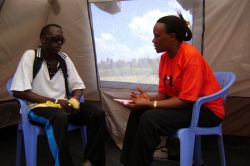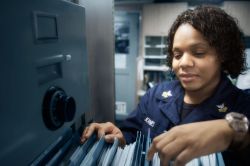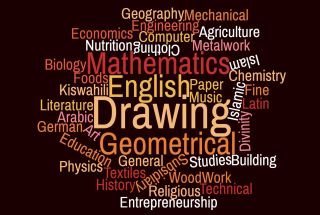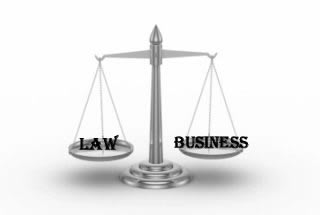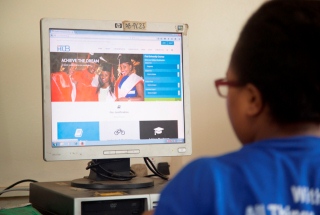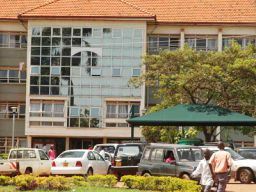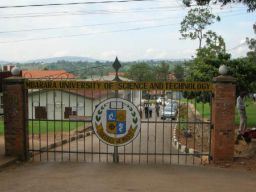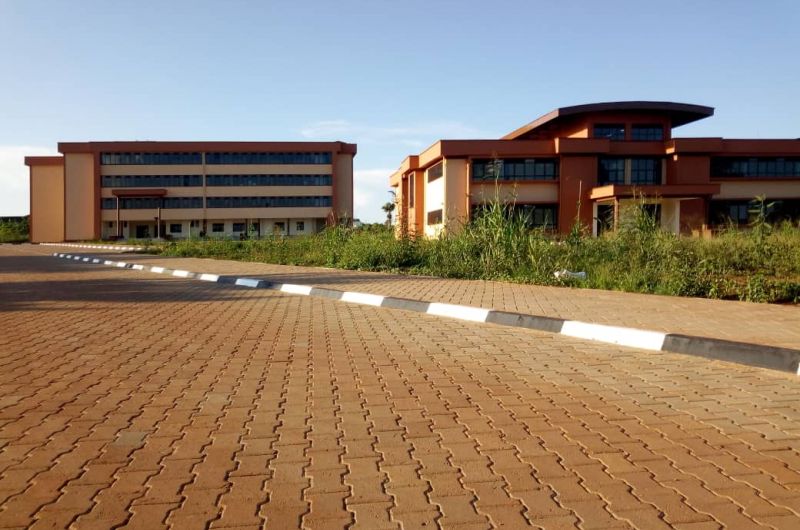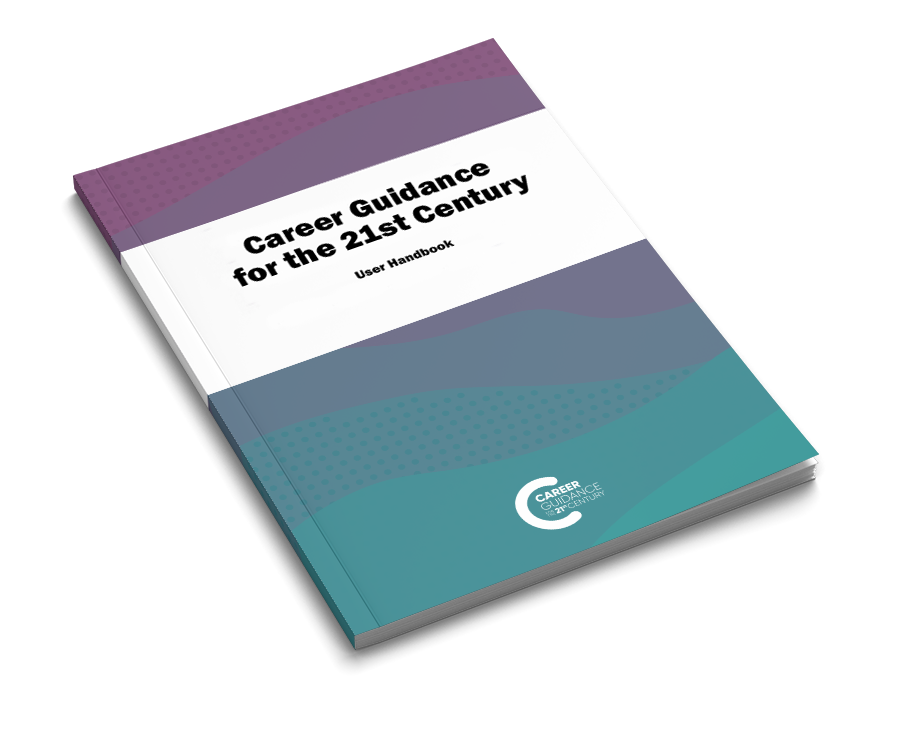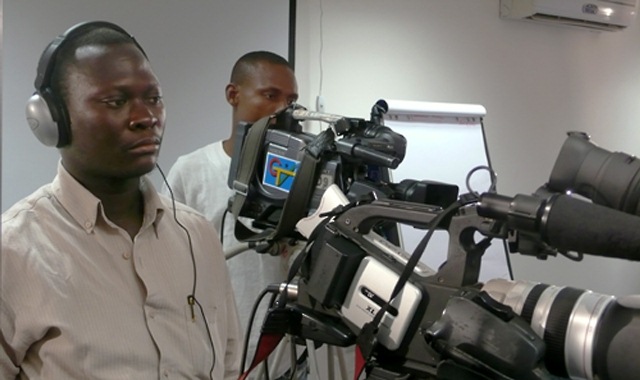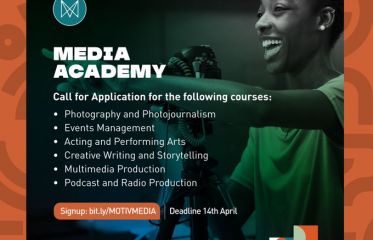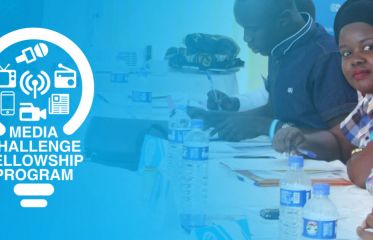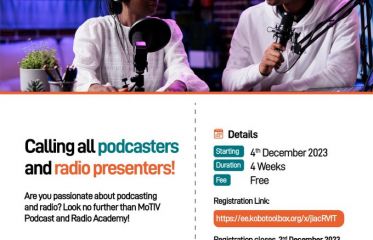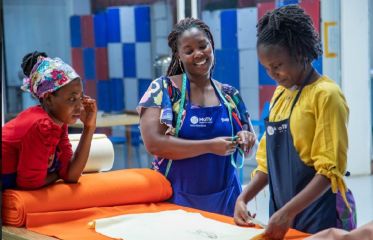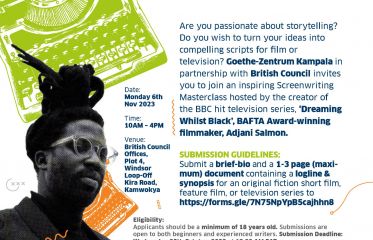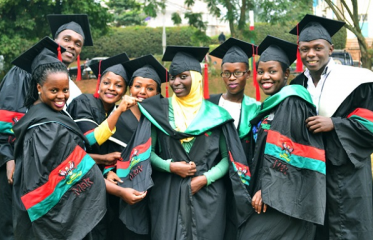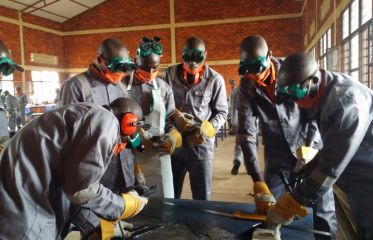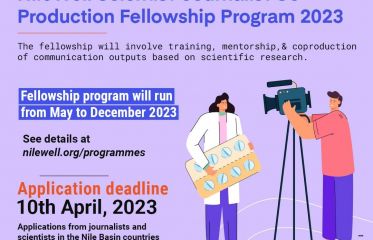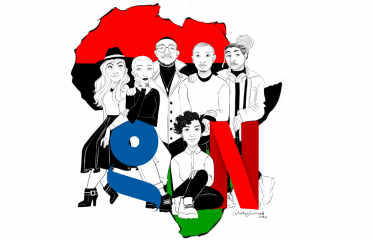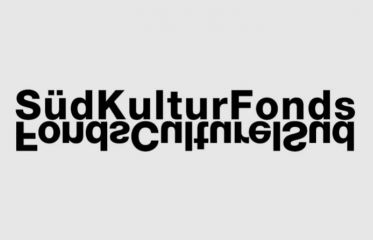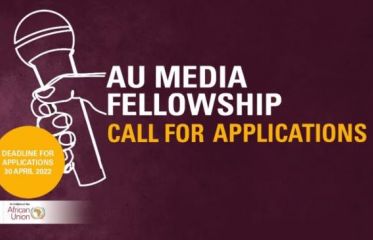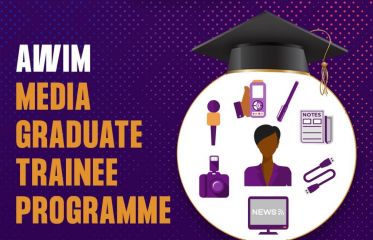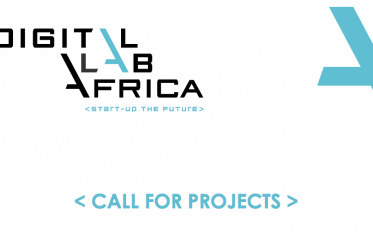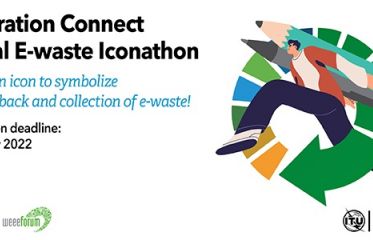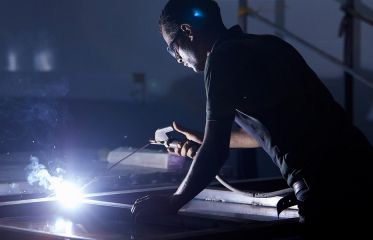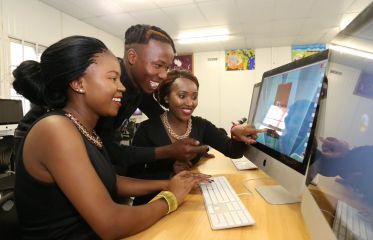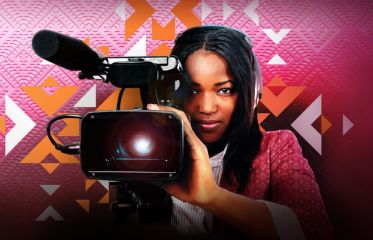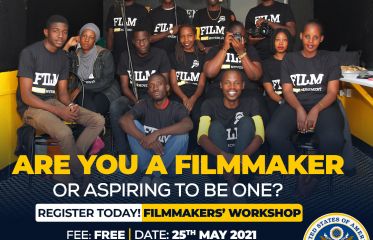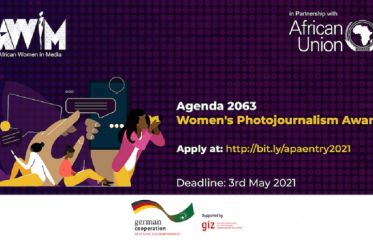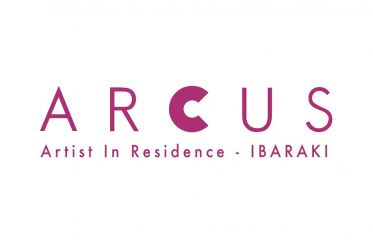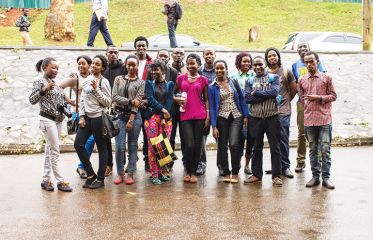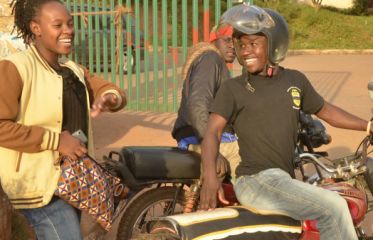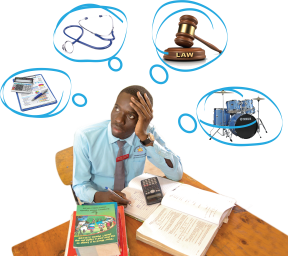Breaking News
- Flexible Remote Work Opportunity for University Students: Earn $100–$250 Per Month ...Read More
- Ministry of Education and Sports Azerbaijan Government Scholarships For 2025-2026 Academic Year ...Read More
- Government Sponsorship Undergraduate Admission Lists 2025-26 for Makerere University ...Read More
- Ministry of Education And Sports: Egyptian Government Scholarships 2025-2026 Academic Year ...Read More
- Ground Breaker Full Scholarship for girls to study Software Engineering 2025 July Intake ...Read More
- Tony Elumelu Foundation Entrepreneurship Programme (TEEP) 2025 for young African Entrepreneurs ...Read More
- DESIGNING FUTURES 2050 International Design Competition 2025 (€15,000 prize) ...Read More
- Ground Breaker Full time Scholarship for girls to study Software Engineering 2025 Intake ...Read More
- Ministry of Education And Sports Algerian Vocational Training Scholarships for 2024-2025 AY ...Read More
- Ministry of Education and Sports Advert for the Algerian Government Scholarships for 2024-2025 ...Read More
Camera Operator
Operate television, video, or motion picture camera to record images or scenes for various purposes, such as TV broadcasts, advertising, video production, or motion pictures.
Add to FavouritesOperate television, video, or motion picture camera to record images or scenes for various purposes, such as TV broadcasts, advertising, video production, or motion pictures.
Sometimes called, Camera Operator, Cameraman, Floor Director, Master Control Operator (MCO), Photojournalist, Production Assistant, Production Technician, Studio Camera Operator, Television News Photographer, Videographer
Uganda has got a great number of Television Stations and these TV stations rely on skills of camera operators to produce high quality video footage in order to comply with the standards.
Daily Tasks / Routine Tasks
1. Operate television or motion picture cameras to record scenes for television broadcasts, advertising, or motion pictures.
2. Compose and frame each shot, applying the technical aspects of light, lenses, film, filters, and camera settings to achieve the effects sought by directors.
3. Edit video for broadcast productions, including non-linear editing.
4. Adjust positions and controls of cameras, printers, and related equipment to change focus, exposure, and lighting.
5. Confer with directors, sound and lighting technicians, electricians, and other crew members to discuss assignments and determine filming sequences, desired effects, camera movements, and lighting requirements.
6. Set up and perform live shots for broadcast.
7. Set up cameras, optical printers, and related equipment to produce photographs and special effects.
8. Assemble studio sets and select and arrange cameras, film stock, audio, or lighting equipment to be used during filming.
9. Test, clean, maintain, and repair broadcast equipment, including testing microphones, to ensure proper working condition.
10. Use cameras in any of several different camera mounts, such as stationary, track-mounted, or crane-mounted.
11. Observe sets or locations for potential problems and to determine filming and lighting requirements.
12. View films to resolve problems of exposure control, subject and camera movement, changes in subject distance, and related variables.
Main Activities
Thinking Creatively — Developing, designing, or creating new applications, ideas, relationships, systems, or products, including artistic contributions.
Updating and Using Relevant Knowledge — Keeping up-to-date technically and applying new knowledge to your job.
Getting Information — Observing, receiving, and otherwise obtaining information from all relevant sources.
Communicating with Supervisors, Peers, or Subordinates — Providing information to supervisors, co-workers, and subordinates by telephone, in written form, e-mail, or in person.
Handling and Moving Objects — Using hands and arms in handling, installing, positioning, and moving materials, and manipulating things.
Inspecting Equipment, Structures, or Material — Inspecting equipment, structures, or materials to identify the cause of errors or other problems or defects.
Making Decisions and Solving Problems — Analyzing information and evaluating results to choose the best solution and solve problems.
Establishing and Maintaining Interpersonal Relationships — Developing constructive and cooperative working relationships with others, and maintaining them over time.
Identifying Objects, Actions, and Events — Identifying information by categorizing, estimating, recognizing differences or similarities, and detecting changes in circumstances or events.
Interacting With Computers — Using computers and computer systems (including hardware and software) to program, write software, set up functions, enter data, or process information.
Organizing, Planning, and Prioritizing Work — Developing specific goals and plans to prioritize, organize, and accomplish your work.
Performing General Physical Activities — Performing physical activities that require considerable use of your arms and legs and moving your whole body, such as climbing, lifting, balancing, walking, stooping, and handling of materials.
Documenting/Recording Information — Entering, transcribing, recording, storing, or maintaining information in written or electronic/magnetic form.
Monitor Processes, Materials, or Surroundings — Monitoring and reviewing information from materials, events, or the environment, to detect or assess problems.
Tools & Technology
Tools used in this occupation:
Automated film processor — Automatic film processors
Camera harnesses — Mobile mountings
Camera lens — Zoom lenses
Camera lens filter — Videocamera lens filters
Camera tripods — Videocamera tripods
Digital camcorders or video cameras — Electronic field production EFP cameras; Remotely controlled cameras; Studio cameras
Lightmeters — Digital light meters
Headphones — Circumaural headphones
Video monitors — Portable video monitors
Key Knowledge Areas
Communications and Media — Knowledge of media production, communication, and dissemination techniques and methods. This includes alternative ways to inform and entertain via written, oral, and visual media.
Computers and Electronics — Knowledge of circuit boards, processors, chips, electronic equipment, and computer hardware and software, including applications and programming.
English Language — Knowledge of the structure and content of the English language including the meaning and spelling of words, rules of composition, and grammar.
Telecommunications — Knowledge of transmission, broadcasting, switching, control, and operation of telecommunications systems.
Engineering and Technology — Knowledge of the practical application of engineering science and technology. This includes applying principles, techniques, procedures, and equipment to the design and production of various goods and services.
Top Skills
Active Listening — Giving full attention to what other people are saying, taking time to understand the points being made, asking questions as appropriate, and not interrupting at inappropriate times.
Coordination — Adjusting actions in relation to others' actions.
Speaking — Talking to others to convey information effectively.
Critical Thinking — Using logic and reasoning to identify the strengths and weaknesses of alternative solutions, conclusions or approaches to problems.
Operation and Control — Controlling operations of equipment or systems.
Judgment and Decision Making — Considering the relative costs and benefits of potential actions to choose the most appropriate one.
Time Management — Managing one's own time and the time of others.
Complex Problem Solving — Identifying complex problems and reviewing related information to develop and evaluate options and implement solutions.
Monitoring — Monitoring/Assessing performance of yourself, other individuals, or organizations to make improvements or take corrective action.
Operation Monitoring — Watching gauges, dials, or other indicators to make sure a machine is working properly.
Key Abilities
Visualization — The ability to imagine how something will look after it is moved around or when its parts are moved or rearranged.
Far Vision — The ability to see details at a distance.
Near Vision — The ability to see details at close range (within a few feet of the observer).
Oral Comprehension — The ability to listen to and understand information and ideas presented through spoken words and sentences.
Oral Expression — The ability to communicate information and ideas in speaking so others will understand.
Problem Sensitivity — The ability to tell when something is wrong or is likely to go wrong. It does not involve solving the problem, only recognizing there is a problem.
Speech Clarity — The ability to speak clearly so others can understand you.
Arm-Hand Steadiness — The ability to keep your hand and arm steady while moving your arm or while holding your arm and hand in one position.
Finger Dexterity — The ability to make precisely coordinated movements of the fingers of one or both hands to grasp, manipulate, or assemble very small objects.
Manual Dexterity — The ability to quickly move your hand, your hand together with your arm, or your two hands to grasp, manipulate, or assemble objects.
Speech Recognition — The ability to identify and understand the speech of another person.
Deductive Reasoning — The ability to apply general rules to specific problems to produce answers that make sense.
Inductive Reasoning — The ability to combine pieces of information to form general rules or conclusions (includes finding a relationship among seemingly unrelated events).
Information Ordering — The ability to arrange things or actions in a certain order or pattern according to a specific rule or set of rules (e.g., patterns of numbers, letters, words, pictures, mathematical operations).
Originality — The ability to come up with unusual or clever ideas about a given topic or situation, or to develop creative ways to solve a problem.
Visual Color Discrimination — The ability to match or detect differences between colors, including shades of color and brightness.
Fluency of Ideas — The ability to come up with a number of ideas about a topic (the number of ideas is important, not their quality, correctness, or creativity).
Selective Attention — The ability to concentrate on a task over a period of time without being distracted.
Control Precision — The ability to quickly and repeatedly adjust the controls of a machine or a vehicle to exact positions.
Flexibility of Closure — The ability to identify or detect a known pattern (a figure, object, word, or sound) that is hidden in other distracting material.
Multilimb Coordination — The ability to coordinate two or more limbs (for example, two arms, two legs, or one leg and one arm) while sitting, standing, or lying down. It does not involve performing the activities while the whole body is in motion.













